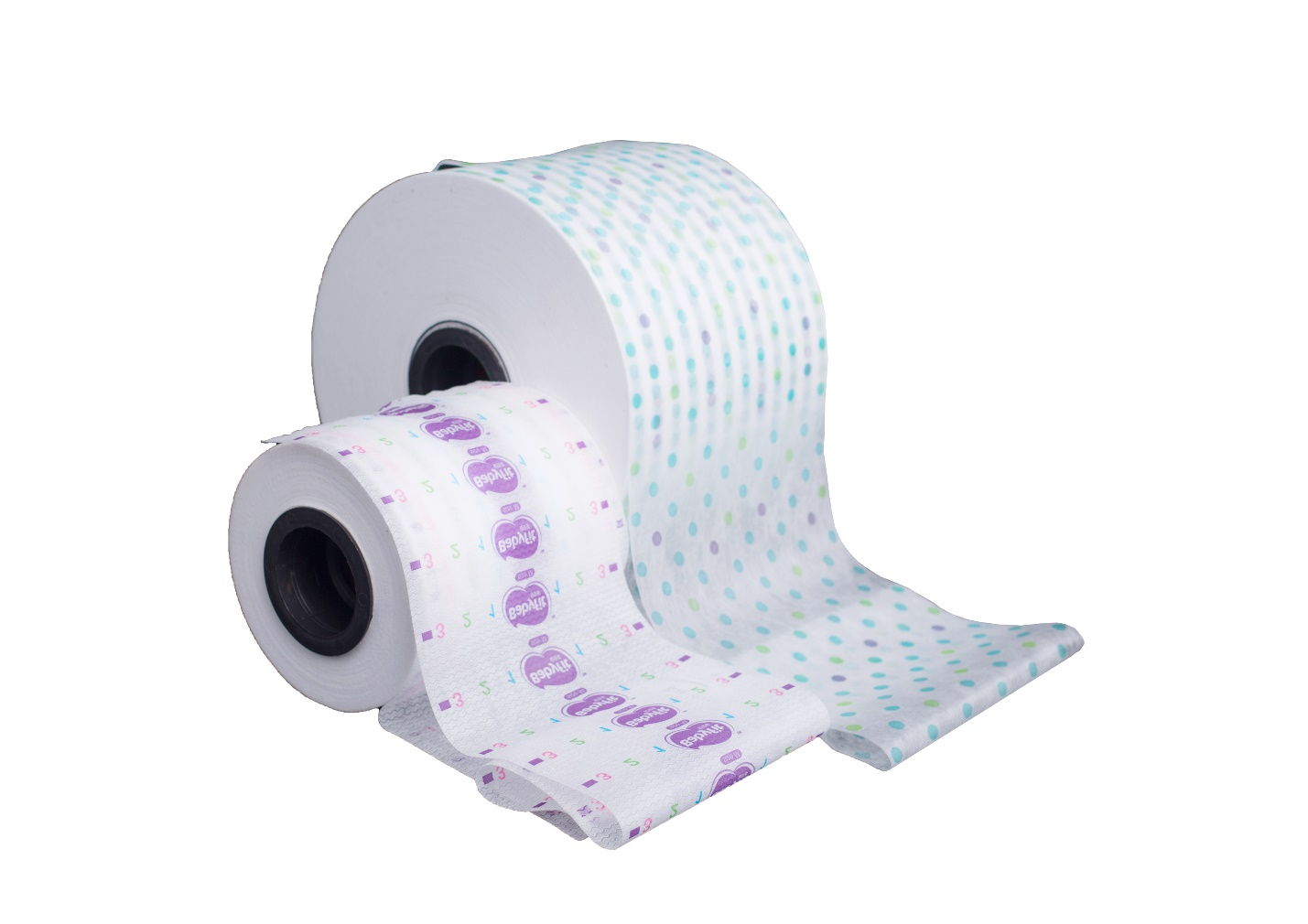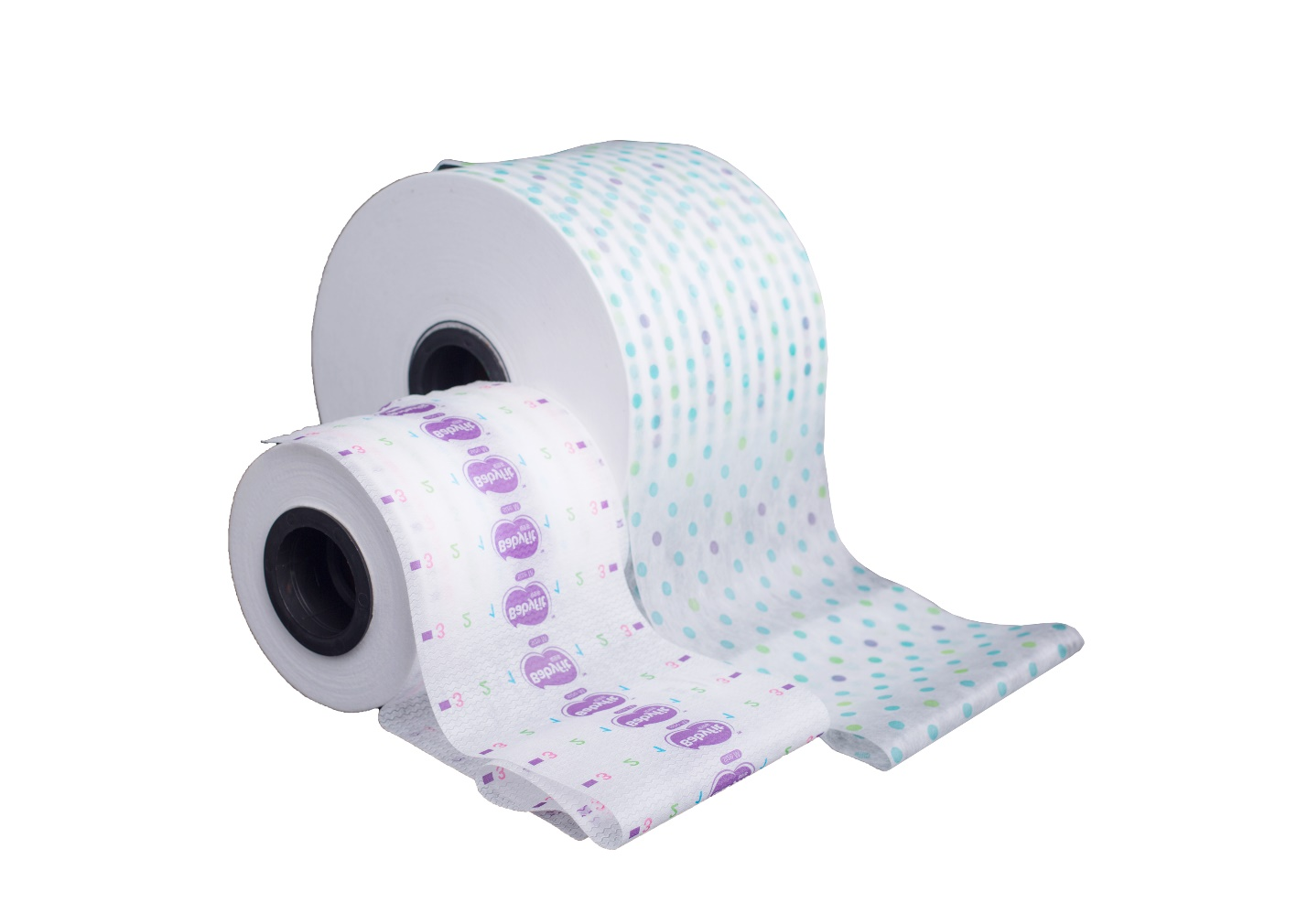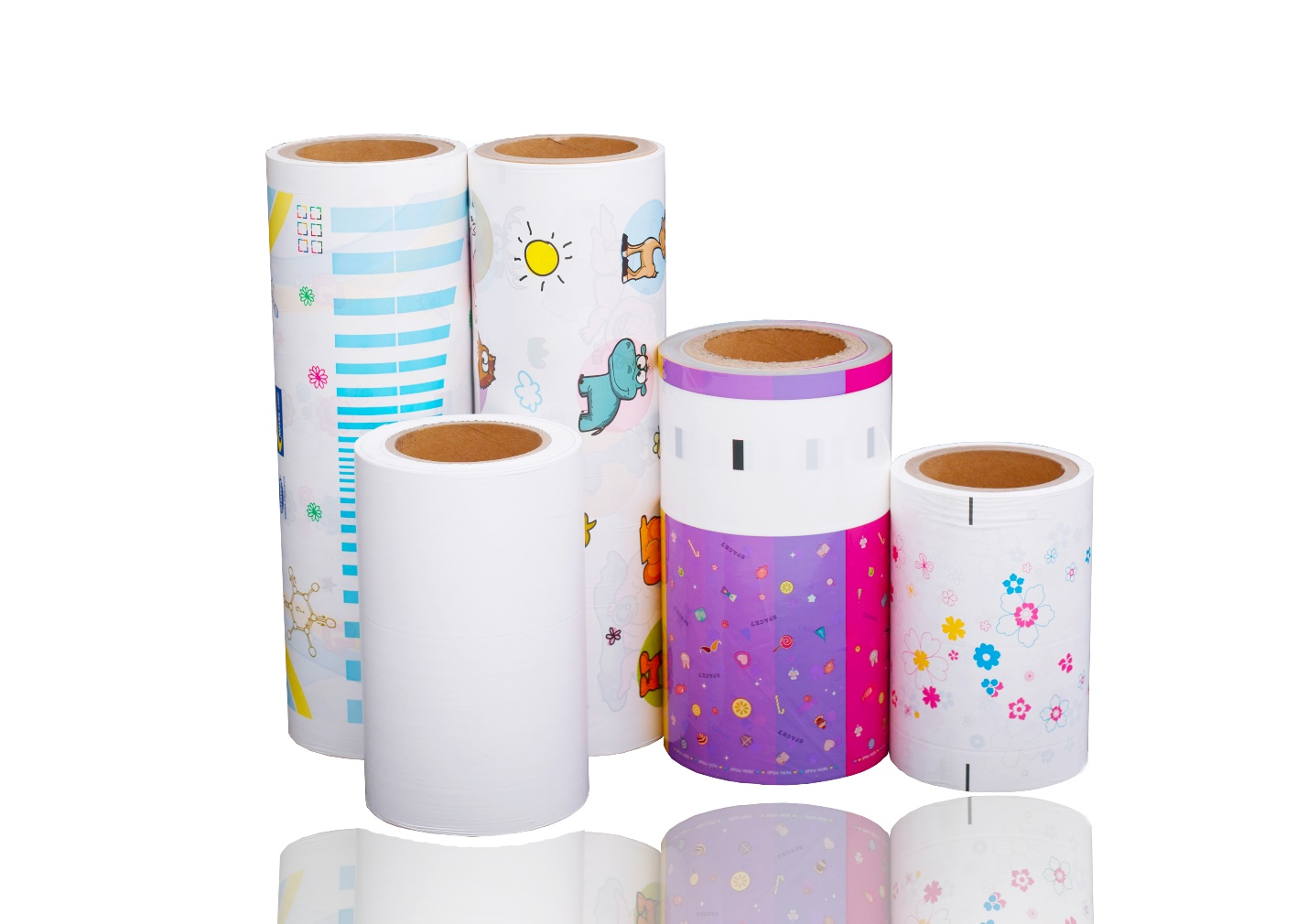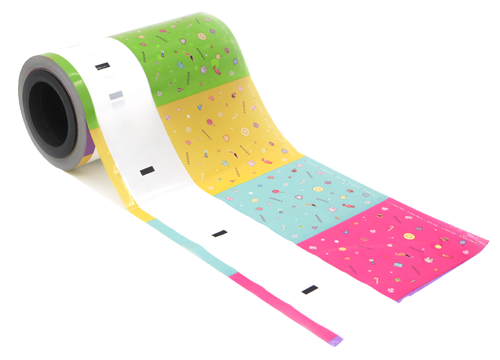
From bottles, bags to toys, plastic is used everywhere. The most common type of plastic is polyethylene, which is commonly used in the packaging sector to contain various beverages and food products because of its durability and lightweight. You've probably seen a variety of designs, shapes, and text printed on plastic bags. Suppose you're interested in learning how to print on polyethylene. Then continue reading until the end. In this article, I will discuss the top 4 factors about how to print on polyethylene smoothly.
Common uses of PE film in packaging
Polyethylene, or PE, is an extremely versatile material. PE films are commonly used in packaging. PE films are used to make a variety of containers and bags to store food and non-food items, including shampoo bottles, oil bottles, grocery bags, trash bags, zag lock bags, flat poly bags, and more. Additionally, they are used to store food waste. They are utilized as a protective barrier in applications such as concrete and mortar, pest control, waterproofing, painting, exterminating, and renovation, among others.

What is a PE film?
What is PE film? PE, short for Polyethylene film, is a thin plastic sheeting that is often provided in rolls. The film exhibits excellent tape adhesion and durability. Furthermore, the PE film is extremely light in weight. Polyethylene is an important member of the family of polyolefin resins. PE films are produced from the process of polymerization of ethylene, a hydrocarbon obtained from natural gas and petroleum. Now, as you know what PE film is, let's discuss the advantages of the three types of PE films.
The advantages of 3 types of PE films and their applications in the packaging
There are three types of Polyethylene used in the packaging industry, namely high-density, medium-density, and low-density PE films.
Low-density PE film
Low-density polyethylene film is a transparent, semi-rigid polymer. The film is made using a free radical polymerization method at high pressures (often 1000-3000 bar) and temperatures ranging from 80 to 300 degrees Celsius. It offers good temperature resistance up to 80 degrees Celsius. In addition to that, Low-density PE film has very low water absorption. Thanks to its low cost and excellent flexibility, it's an excellent choice for food, clothing, and cosmetics packaging.
Medium-density PE film
The medium density PE films are the next type of PE film. Medium-density PE film is used to make sheath material because of its properties such as good shock resistance, drop resistance, durability, and low cost.
High-density PE film
High-density PE films offer low cost, increased flexibility, reduced water absorption, good electric insulating qualities, and strong resistance to a range of solvents. Because of these advantages, they are used to make different trays, bottles, cans, drums, garbage bags, lined bags, and other containers.

The reasons why printing on the package made of PE films and the common problems of printing on PE films
How to print on Polyethylene has always been a challenging task because of different factors, such as surface wetting tension, function coefficient, and many others. Polyethylene films are made from polymerization, and the process may result in some abnormalities in the structure, such as bubble instability, variation in melt temperature, unstable frost line, to name a few. As a result of these problems, printing on PE films gets extremely hard.
The four factors of PE film that affect the printing
You are interested in knowing how to print on Polyethylene. While printing on the PE films, you need to consider certain factors that can affect the quality of the printing. Let's discuss those.
1.Evenness and smoothness
The evenness and smoothness of the material are very important to achieve high-quality printing on the surface of the PE films. The unevenness in the texture can result in poor printing quality.
2.Grain size and stiffness
Grain size and stiffness also affect the printing. The smaller grain size has better printing quality as compared to a PE film with bigger grain size and stiffness.
3.Surface wetting tension
Surface wetting tension affects the wettability of any surface. The lesser surface tension within the liquid will result in greater wettability. Hence, the surface wetting tension has a significant role in deciding the quality of the print.
4.Function coefficient
The last factor that you should consider while printing on the PE film is the function coefficient. Check the function coefficient of the PE film before printing. I am sure, now that you know the factors that affect the quality of printing on PE films. You must be in a better position to answer, "How to print on polyethylene."
The Novel PE film for printing and its advantages
How to print on Polyethylene gets easy when your first choice is Novel. The Novel PE film for printing provides key advantages to the users, some of which are as follow:
l Appropriate C.O.F
l Decent heat seal ability
l Excellent printability
l Broad-spectrum of applications
l Wide range of sizes and designs

Conclusion
Novel is a trustworthy packaging film manufacturer and supplier in China. We are committed to making the world a better place to live with our sustainable and high-quality packaging material. With more than 27 years of experience, we know how to print on Polyethylene. To buy premium quality printed PE film, feel free to contact us.
